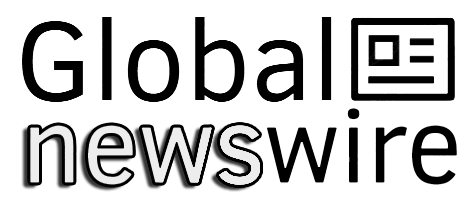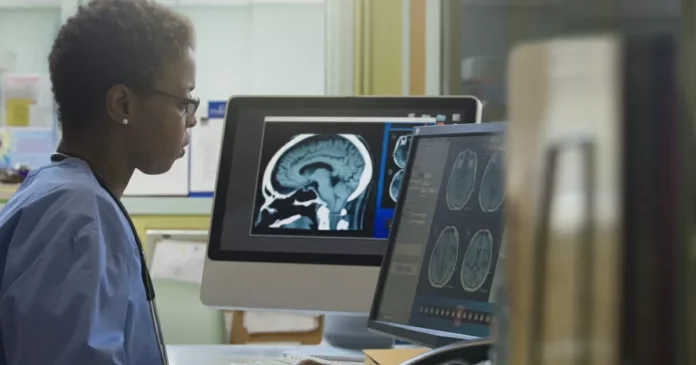The field of healthcare is constantly evolving and adapting to new technologies and innovations. In recent years, the use of artificial intelligence (AI) has become increasingly prevalent in the medical industry, particularly in the field of radiology. Aidoc, a leading provider of AI solutions for radiology, has recently introduced a new model that is designed for scalability. This new model has the potential to revolutionize the way radiologists work, by allowing for quicker development and refinement of AI solutions and providing real-time data for making critical decisions. Let’s take a closer look at how this new model is set to transform the radiology industry.
Firstly, let’s understand what scalability means in the context of AI. It refers to the ability of a system to handle a growing amount of work or data. In the case of radiology, this means the ability to process and analyze a larger number of medical images in a shorter period of time. This is where Aidoc’s new model comes into play. By utilizing advanced algorithms and deep learning technology, the model can analyze medical images with lightning speed and accuracy. This not only saves time for radiologists but also allows them to focus on more critical tasks, such as making diagnoses and treatment plans.
One of the key advantages of this new model is its ability to adapt and improve over time. As it processes more and more medical images, it learns and becomes more accurate in its analysis. This means that the more it is used, the better it becomes at detecting abnormalities and assisting radiologists in making diagnoses. This is a significant step forward in the field of radiology, as it eliminates the potential for human error and ensures consistent and reliable results.
Moreover, the scalability of this new model also means that it can be easily integrated into existing radiology workflows. This is a crucial factor, as it allows for a seamless transition and adoption of AI technology in hospitals and medical facilities. With minimal disruption to current processes, radiologists can start using the new model and reap its benefits immediately. This is a major advantage, as it eliminates the need for extensive training or changes in infrastructure.
Another important aspect of this new model is its real-time data capabilities. Radiologists are often faced with time-sensitive cases, where quick decisions can make all the difference in a patient’s outcome. With the aid of real-time data, radiologists can now have access to the most up-to-date information while making critical decisions. This not only improves the accuracy of diagnoses but also allows for more efficient and effective treatment plans. This is particularly beneficial in emergency situations, where every second counts.
The new model also has the potential to improve patient outcomes. With its ability to analyze a large number of medical images quickly and accurately, it can assist radiologists in detecting abnormalities and potential health risks at an early stage. This means that patients can receive timely and appropriate treatment, leading to better outcomes and potentially saving lives. Moreover, the use of AI technology can also reduce the risk of misdiagnosis, which is a significant concern in the medical field.
In addition to its benefits for radiologists and patients, the new model also has a positive impact on healthcare costs. By streamlining processes and improving efficiency, it can reduce the workload for radiologists and allow them to focus on more complex cases. This, in turn, can lead to cost savings for hospitals and medical facilities. Furthermore, with its ability to detect abnormalities at an early stage, it can potentially reduce the need for expensive and invasive procedures, resulting in cost savings for patients as well.
Aidoc’s new model is a game-changer in the field of radiology. Its scalability, real-time data capabilities, and potential to improve patient outcomes make it a valuable tool for radiologists. With its advanced technology and ability to continuously learn and improve, it has the potential to revolutionize the way radiologists work and ultimately improve the quality of healthcare.
In conclusion, the introduction of Aidoc’s new model is a significant step forward in the field of radiology. Its scalability, real-time data capabilities, and potential to improve patient outcomes make it a valuable tool for radiologists. With its advanced technology and ability to continuously learn and improve, it has the potential to transform the way radiologists work and ultimately improve the quality of healthcare. As the healthcare industry continues to evolve, we can expect to see more innovative solutions like this from Aidoc, making a positive impact on the lives of patients and healthcare professionals alike.

